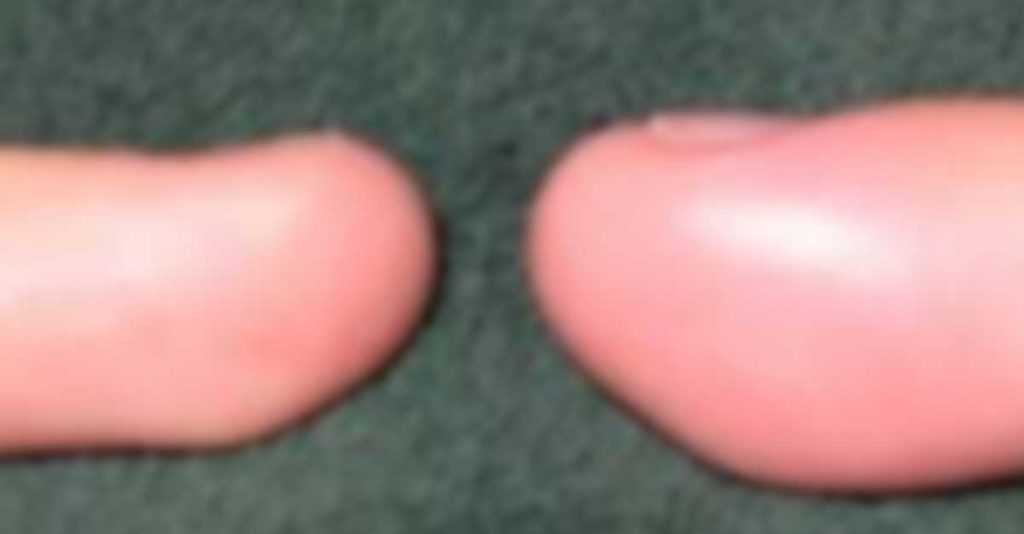Most of the time clotting is normal for our blood because it is the natural part of the healing process. Especially when you get injured, you need your blood to solidify and cluster together at the spot to help stop the bleeding. But when a blood clot happens inside your body, it can be dangerous and life-threatening, especially if it develops in the deep veins near your muscles. If left untreated and unable to dissolve of its own, things can get even more serious and it may travel to your lungs. In such a situation, you should consult with the best hematologist to get immediate treatment.
Let’s look at these 5 warning signs you may have a blood clot as well as when to seek medical attention.
1.Swelling:
This can happen in the exact spot where the blood clot forms. Blood clots can block the healthy flow of blood in the legs or arms and blood can pool behind the clot causing swelling. The swelling may also intensify for no instantly apparent reason and may occur without external injury to the affected area.


2.Unexplained Chest pain:
Pain in the chest may make you think heart attack but it could be a sign you may have a blood clot. It can feel like a weight resting on your chest rather than an intensely piercing pain. As the clot gets worse, you may hurt or get sore.
3.Shortness Of Breath:
Shortness of breath is another common sign and if this happens, it could mean that the clot has moved from your arm or leg to your lungs. A blood clot in the lungs is called a pulmonary embolism or PE. Shortness of breath feels like you are unable to catch your breath. This symptom may also occur with a blood clot in the heart.
4.Redness On Your Skin:
It’s true that bruise is a type of blood clot but it’s not something to worry about. However, if you experience persistent patches of red skin in your leg or arm, particularly after an injury or surgery, you should immediately bring them to the attention of your doctor. This could be something serious and you should never take it for granted.


5.Sensation Of Warmth:
Blood clotting will often cause a temperature change. Your skin may increase in temperature and become warm to touch. It is usually felt in the arms or leg. Moreover, this may be accompanied by sweating or tenderness in the affected area.
Diagnosing a blood clot by symptoms alone is difficult. That’s why it’s best to consult with the doctor if you think you have one. Your doctor can send you for more tests to determine the exact cause, which may further help to make a diagnosis.
Few Most Popular General Physicians:





